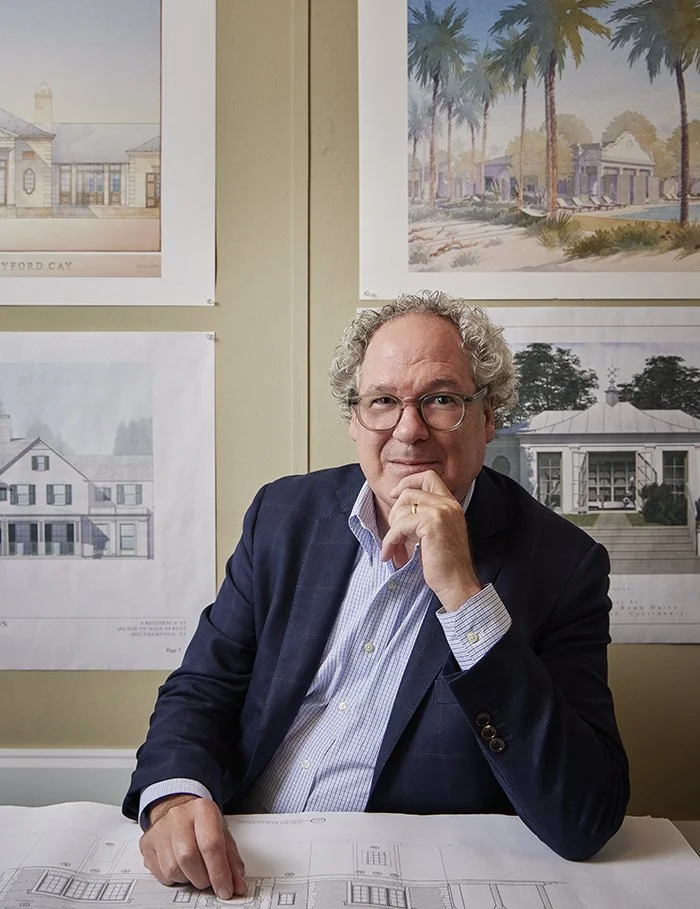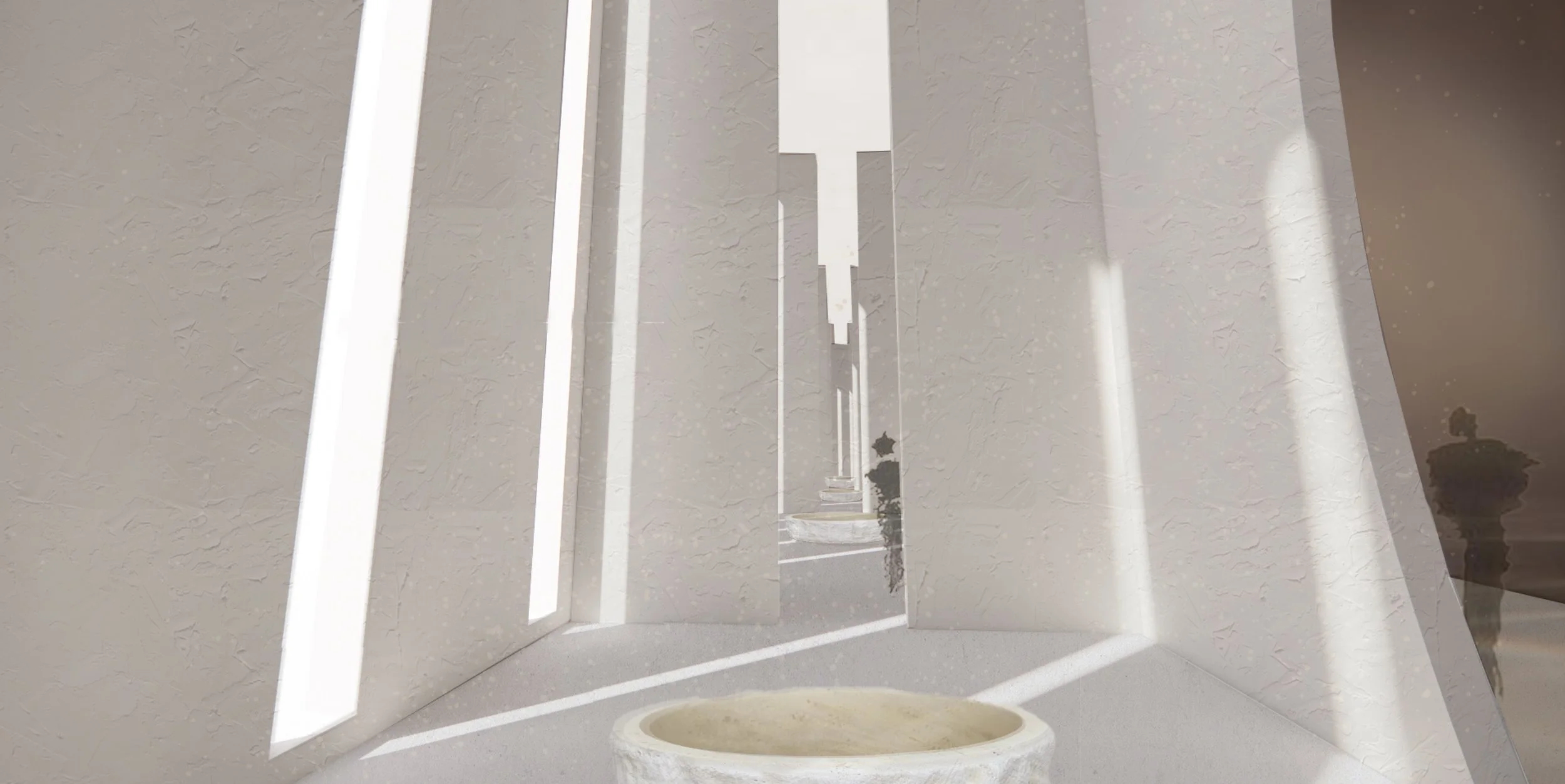Designing Independence
New York School of Interior Design Honorary Doctorate Recipient Nate Berkus Launches “My Home in Sight” for People with Declining Vision
“Move through the world as a designer with your eyes and ears open and take whatever opportunities come your way to use your creativity to do good.”
A free kit Nate Berkus collaborated on with Novartis uses interior design to help people with macular degeneration to stay in their homes.
The New York School of Interior Design awarded Nate Berkus an honorary doctorate at last Spring’s Commencement because he has expanded the public’s notion of what interior design can be. Says Berkus, “Designers have a social, moral, and professional responsibility to help people live better. It’s not always about designing beautiful spaces for wealthy people. Throughout my 25-year career—doing segments for Oprah as well as my own shows—I’ve spent time on homeless shelters for youth, charities, makeovers for people who might not have had the opportunity to experience interior design. Our profession opens the door for people to live more beautifully.” Whether it’s a project for his eponymous firm or an episode of “Nate & Jeremiah By Design,” everything Berkus touches is infused with his sense of design’s purpose.
That’s one reason Berkus teamed up with Novartis for the My Home in Sight campaign, a program created to empower those living with wet age-related macular degeneration (wet AMD) to make simple, functional changes to their living spaces to maintain safety and independence. AMD is the leading cause of blindness in the world and is a progressive disease. Its most severe form, wet AMD, effects 1.5 to 1.75 million Americans over the age of 65. Berkus’ motivations for working on My Home in Sight are personal. He recalls, “I remember being in high school and watching my grandmother’s vision get worse, as well as her fears about being able to remain independent. I remember her saying, ‘What can I do to make this easier? I can’t ever find my bag; I’m late to doctors’ appointments; I’m constantly misplacing things, and I think things have been stolen when they haven’t.’ My family didn’t have a kit to help her, which is what Novartis has created and I have been very involved in.” Berkus and Novartis collaborated with six leading patient advocacy groups, including the Macular Degeneration Association, to base their design advice on research. Berkus’ role in the project was “to show that you can apply these tips without sacrificing style.”
Here are Berkus’s five key principles for adapting a home to suit those living with declining vision.
01 | Color and Contrast
Pattern is not helpful to those with vision loss, but color and contrast are. For example, having two colors in high contrast and using, for instance, bold colored contrast pillows on a sofa helps someone with low vision understand where a piece of furniture begins and ends. A contrast throw allows someone to see from a distance where a corner is. The same principle applies to adding decorative tape to the top and bottom of a lampshade. Bold colored tape can help guide someone’s hand to that place where the button is to turn on the lamp.
02 | Organization
I’m a triple Virgo. The idea of a messy junk drawer or linen closet is unacceptable to me, but for a person with declining vision, it’s particularly important to keep everything in the home organized. You need to keep like items with like; you need to organize the interior of drawers. In a linen closet, things need to be in baskets or pulled together and tied with a ribbon. The whole point is to be able to pull out that basket or bundle and take it to a kitchen island, where perhaps there is more light, and look inside and find what you need. If you open up a drawer and it’s a big jumble of stuff, something that could be a five-minute endeavor becomes a five-hour ordeal. It’s really important for family and caregivers to help people with declining vision keep their homes really organized. This is the time for a huge edit.
An organized home is essential for people with declining vision.
03 | Lighting
One of the old design principles, back in the day, was that every seat in a room should have its own source of lighting, whether it be a small floor lamp, a table lamp, or a desk lamp on a side table. This idea is really important for someone with declining vision, for whom lighting is paramount so that they can see better for the tasks they are seeking to accomplish. For example, instead of one lamp beside a sofa, we’re suggesting that someone flank the sofa with a pair of floor lamps. Instead of just having decorative accessories on a side table, a task lamp is something that people should add.
04 | Low Vision Tools
These are simply tools that help people see better. A magnifying glass left at a strategic place on a coffee table can be a great help. Colored tape is too, and you can use it to edge the border of a rug or a stair for safety. Even ordinary, bright sticky notes can be used. These are all little tools we suggest that people with declining vision have at hand.
05 | Safety
One thing that resonates with me about safety is having stable, solid furniture. You don’t want a vintage rickety table that can be easily knocked over, or things that are top-heavy in the space.
A safe and functional home for someone with low vision should have solid furniture and lots of task lighting.
As the babyboomers age, it’s becoming increasingly important for residential designers to be educated about issues of aging-in-place. Berkus says, “AMD is incredibly common, and so the kit that’s available is not just for people with declining vision, it’s also for people who know or love someone with declining vision.” Whether you’re interested in helping a family member, a friend, or a client apply these tips throughout the home, you can sign up for the kit at MyHomeInsightKit.
New Scholarship Honors Nate Berkus & Rewards Socially Conscious Design
New York School of Interior Design (NYSID) announced a new scholarship that was established in honor of Nate Berkus and created to celebrate Berkus’ commitment to socially conscious design and charitable work. “Berkus Scholars” will be deserving NYSID students who are studying interior design with a demonstrated emphasis on improving the human condition. NYSID Trustee Kelly M. Williams endowed the scholarship through The Williams Legacy Foundation. She commented, “The Williams Legacy Foundation is committed to supporting programs that foster fellowship and we believe that the type of inspired design evidenced in the work of Nate Berkus demonstrates the impact that design can have in providing comfort and solace to those who dwell within. Just think of the design of a soup kitchen or a healthcare facility: Good design has the ability to change the experience of those who come to these spaces in a state of crisis.”













